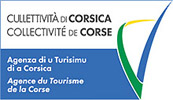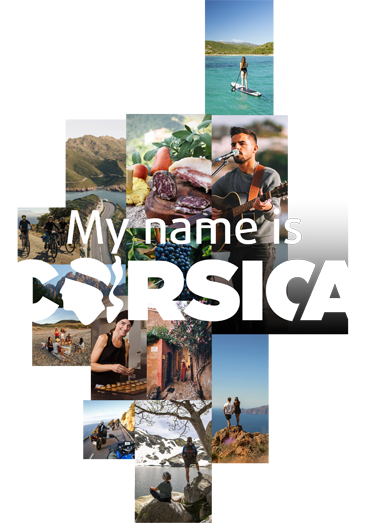Rechercher...
Explore Corsica
Nature and wild life

This is made up of various distinct, endemic plants: the best-loved is immortelle, said to have anti-ageing properties, accompanied by juniper, myrtle, fennel, thyme, rosemary and French lavender, and their scent is carried across the island and out to sea. Many of Corsica’s beaches are also sheltered by delicious- smelling pine forests. Immersing yourself in the sights, scents and sounds of these landscapes will give you a true sense of Corsica.
Take a stroll through the Castagniccia area, exploring the labyrinth of gently sloping hills planted with sweet chestnut trees. As spring begins to leave its mark on the landscape, breathe in the scents of the flowers and the blossom of the lemon and clementine trees. There are lakes, rivers, waterfalls and natural springs around every corner, making each walk a real delight. Stop for a rest alongside one of these natural pools, or, better still, take a dip in their clear, refreshing waters and dry off on the warm stones nearby.
Just outside Île-Rousse, explore the delightful Parc de Saleccia, a 7-hectare botanical reserve. Also worth a visit are the Jardins Traditionnels du Cap Corse, with fine examples of vegetable gardens, orchards and tree plantations. Other fascinating sights include farms awarded the ‘Bienvenue à la Ferme’ label, which are great places to visit, relax and be inspired. The Corsican mouflon, an animal straight out of Greek mythology, can still be seen in the unspoilt Aitone, Asco and Bavella forests. Corsica’s botanical footpaths will take you in search of sweet chestnut trees, holm oaks and cistus bushes.Admire this beautiful everlasting flower – one of Napoleon’s favourites – as well as arbutus, which is used to flavour the island’s brocciu cheese. And if you look up, you may well catch a glimpse of the magnificent bearded vulture or golden eagle which soar above the trees, keeping a sharp eye out for prey.
The history of Corsica is full of accounts of colourful characters venturing through the maquis on the back of the famous Corsican donkey, a true travelling companion. The wild boar also plays an important part in the island’s cultural heritage, and you’ll get a special feel for the land alongside hunters on the trail of this emblematic animal. The areas of the Ortolo valley and Belle Lasagne in Oletta are protected hunting grounds where wild boar, partridge, pheasant, quail, hare, thrush, woodcock, pigeons and ducks roam through the wilderness. In summer, you may be lucky enough to spot a shepherd and his flock as they make their way through the forests and valleys.
If you do, listen to his delightful sing-song accent as he tells you some of our island stories and take a moment to rest in the shade of the ancient trees, enjoying local cheese and wine for lunch. Most livestock in Corsica is raised outdoors and fed with natural produce. Cattle and sheep continue to be watched over by cowherds and shepherds, and the ancient tradition of transhumance is still practised on the island.


powered by cd-media.fr



